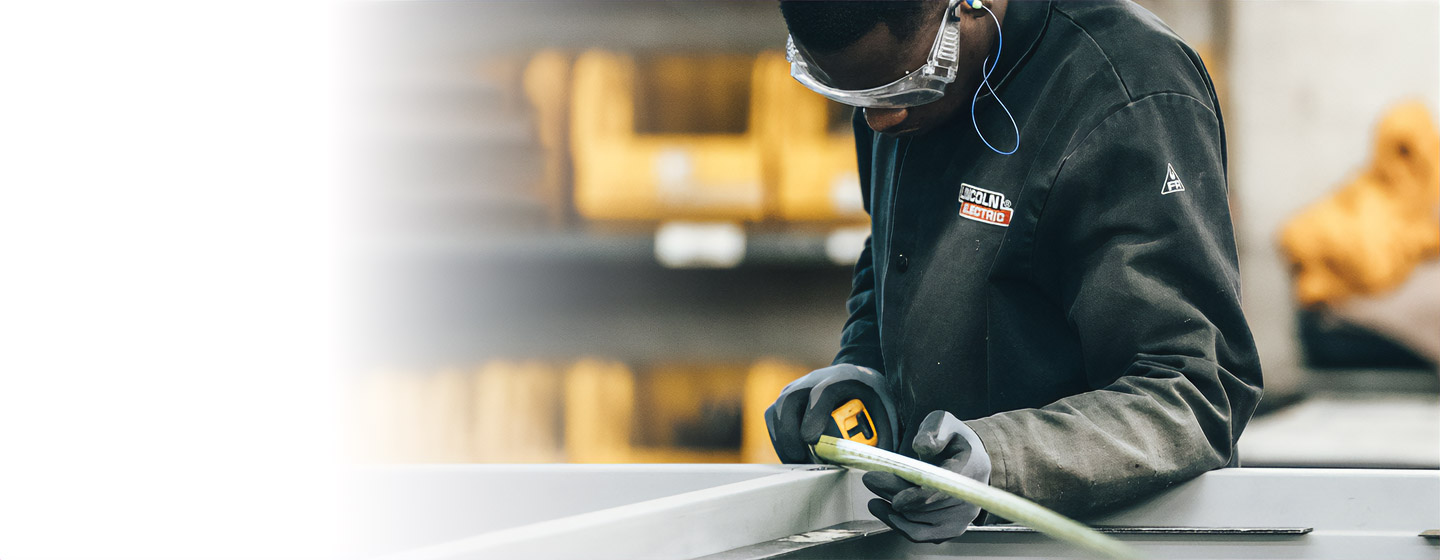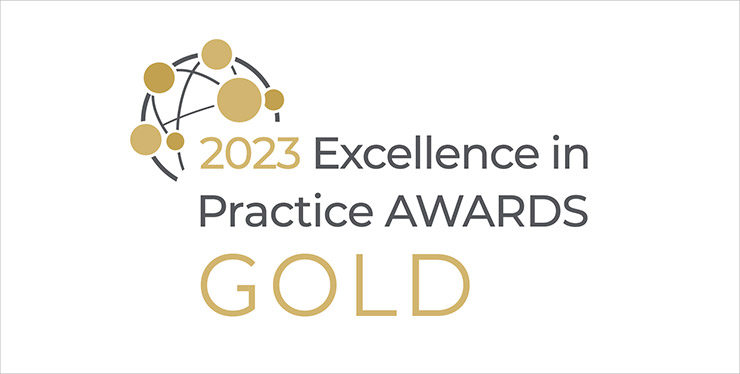COVID-19 has undoubtedly been a stressor to the system, but in terms of corporate education, the writing was on the wall way before the pandemic struck. Learning & Development (L&D) is in desperate need of a 21st century makeover on two vital fronts. First, in order to shape and build competencies for an era of digitalization and automation in which varied organizational structures and diverse workforces become the norm. Secondly, corporate education must play catch up with significant changes in teaching methodologies and the potential offered by technology.
Let’s begin with some background: in pedagogical terms, organizational learning has long been mired in an academic approach that favors theoretical over more practical learning approaches. Systems theorists since the 1950s had promised ‘learning organizations’ would be the natural outcome of cumulative organizational proficiency. However, these failed to materialize, largely as a result of the misdirected focus on theory rather than outcomes. The theoretical approach also meant learning was neither assessed for its behavioral nor its business impact. In terms of bang for your buck, therefore, the absence of key performance indicators (KPIs) has made learning’s value as an intervention impossible to evaluate.
Against that pedagogically stymied backdrop, seismic shifts are taking shape in the workplace and COVID has only caused them to accelerate. Eight underlying trends continue to impact organizations. By understanding them, leaders can engage L&D teams to focus and deliver measurable performance impacts in key areas that align learning with business strategy; harness technology to drive behavioral change, apply a business-focused governance and finally, to drop the academic tenor. These changes will transform your corporate education and in turn pay dividends to your enterprise.
The importance of L&D leadership to organizational competitiveness, performance and cohesion cannot be underestimated. If you, as a senior leader, find yourself unable to communicate with your L&D team, it is time to question the underlying assumptions that may be posing an obstacle. It may even be time to seek out L&D personnel who can better share and address your strategic business concerns with time-bound, benchmarked, state-of-the-art solutions that can drive them forward.
The 8 seismic shifts your L&D team must address now to be ready for beyond COVID
- The pace and scale of industry disruption. We all know the destruction wrought on businesses by the pandemic. However, if you are in an industry characterized by either complacency, customer frustration or unaddressed tension points, it is likely to be disrupted by a known or unknown competitor. Have you worked out where the fault lines lie in your sector? How can you build competencies to address them head-on with your learning agenda?
- Organizational structures have transformed. We have seen a clear shift towards project-based work, the partnering of internal and external staff and quick adaptations enabled by flatter structures. Where are your organizational bottlenecks? Do your people need help developing collaborative competencies and agile decision-making skills?
- Technology-driven changes to jobs. In the last decade researchers from the University of Oxford placed the percentage of US jobs likely to be at risk as a result of automation at 47%. The COVID-19 pandemic has only hastened the rush to automate. Digitalization, too, will have far-reaching consequences on livelihoods. How will it affect your workforce? How can your L&D start to create competencies for a digitalized organizational future?
- Workforce diversity. An increasingly diverse and inclusive talent pool made up of Boomers, Gen-X-ers and Y-ers and traditionalists will each bring their capabilities and working preferences to your organizations. Getting them to gel and collaborate effectively will require forethought and skilled training. Is this on your L&D agenda?
- A shifting social contract. More than 50% of all new jobs created in the EU and 40% in the US since 2010 are temporary. The uncertainty brought about by such precarity is impacting individuals and society. From the wariness it introduces between colleagues, to people having to settle down much later in life due to career instability, your workforce is reacting to environmental pressures. L&D could play a role in addressing such factors and in turn improve team cohesion and productivity.
- Remote working. 2020 saw the acronym WFH (working from home) going mainstream and increasingly employers view hybrid working as the new norm. However, as a myriad lifestyle articles written over the past year attest, issues of work-life balance, social ties and community are rendered more fragile in WFH scenarios. How is your L&D keeping your teams cohesive and connected?
- The work culture is in flux. Boundaries between working and non-working hours are blurring and there is no longer a clear-cut retirement age. Employee surveys illustrate stress, anxiety and depression are on the rise, with serious social impacts. Is empowering staff to manage workload and apply healthy boundaries part of your L&D remit?
- The education sector is in transformation. The 4th Industrial Revolution will demand new skills and technology will provide scalable solutions to do so. In addition, learning itself has become an everyday activity and technology will drive this more informal process further forward. The EdTech sector is on a steep growth trajectory worth US$404 billion by 2025, according to HolonIQ. Digital tools that embed learning within systems or offer other innovative approaches will become vital to keep skills updated. How is your L&D team preparing to harness it to better serve your teams?
The benefits of building core competencies for a turbulent and uncertain future are manifold. Not only will teams be skilled to work in transformed settings, but they will also be more capable of managing the considerable demands of the redrawn work environment. What is clear is that learning cannot be ignored. In fact, it is time to play catch up.
For more on how to take your organizational learning to the next level, read Supercharge your organizational learning strategy for 2021
Shlomo Ben-Hur is a Professor of Leadership, Organization and Corporate Learning at IMD. He is the founder and director of the Organizational Learning in Action (OLA) program, which has run for the past 10 years. In 2020, the program moved to the virtual arena in order to continue to provide learning and talent development executives with insights and best practice on how to hone their learning offer to the specific needs of their organizations.



![The future of mega dive, with Professor Cyril Bouquet [Podcast]](https://www.imd.org/ibyimd/wp-content/uploads/2022/11/IMD-ManagementCast-SocialAssets-CyrilBouquet_640x640-Generic-Spotify-Option1-720x630.png)